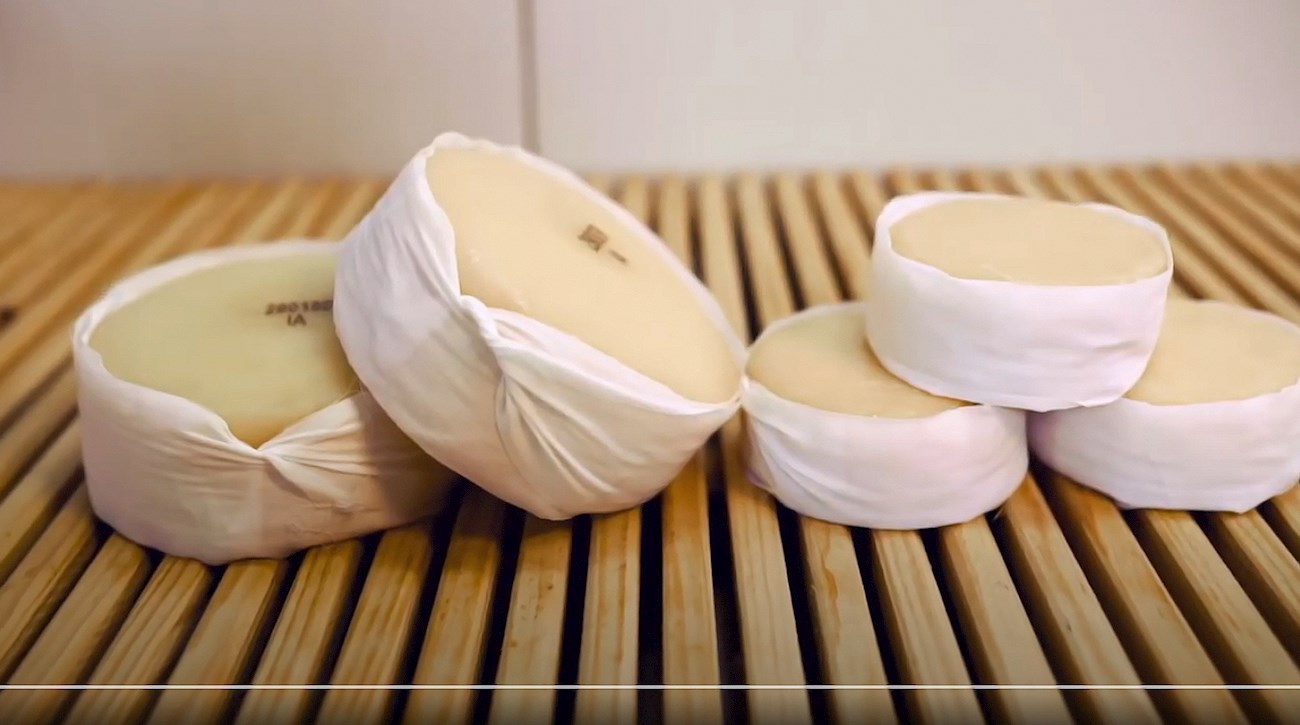TABLE OF CONTENTS
Best Raw Milk Cheese Types in the World
Azeitão is a semi-soft cheese made from unpasteurized sheep milk. The origins of this cheese date back to the 19th century, when Gaspar Henriques de Paiva emigrated to the town of Azeitão. Out of nostalgia for his place of birth, he imported black dairy sheep from his home town to Azeitão and brought cheesemakers from Beira Baixa to make cheeses.
De Paiva's Azeitão cheeses quickly became famous throughout Portugal, winning several awards at agricultural fairs. The milk for this cheese is taken from sheep that graze on natural vegetation in the pastures of Azeitão. The sheep are milked manually, and the milk is mixed with the extract of a local variety of thistle to start the curdling process instead of animal rennet, meaning the cheese is 100% vegetarian.
Pair with
Produced in the district of Beja in eastern Portugal, Serpa is a semi-soft sheep's milk cheese that's similar to Pecorino. Instead of animal rennet, Serpa is curdled using an extract made from a species of thistle that grows in the countryside of Alentejo.
The leaves of the plant are dried and soaked in water, and this liquid is added to the heated milk to begin the curdling process. The curd is placed into molds, and the molded cheeses are then gently wrapped in muslin cloth for further ripening. The rind of Serpa is thin and malleable, while the cheese's interior is semi-soft and yellowish-white in color.
This sheep cheese is a part of Alentejo's traditional cheese heritage. Cheese has long been an integral part of the life of the region's peasant families. An important part of the daily diet, especially for the poorer classes, cheese was even used to pay wages. Évora cheese is made from unpasteurized milk from Merino breed sheep that graze freely in the pastures of the region.
Raw milk is filtered through cloths and heavily salted, and then it is heated by a wood fire. Once the curd has formed, the cheese is left to mature for a month. Évora cheese has a well-formed, smooth, yellow crust. The aroma and flavor are slightly sour and spicy, and the flavor becomes more pronounced when the cheese is left to age longer.
This semi-hard cheese is made from ewes' milk taken from local Merino breed sheep in the region of Portalegre in eastern Portugal. The milk is curdled, salted, and formed into cheeses before being left to ripen for about two months in cold and humid conditions. Nisa cheese is semi-hard and yellowish-white in color, and its flavor is robust with a mildly acidic note.
It is best enjoyed with bread and wine, especially if the wine comes from Portalegre. This cheese is traditionally consumed as a snack during the day or as an ingredient in traditional dishes, such as quiche de legumes, a pie made with carrots, zucchini, and cheese. Nisa cheese, the production of which is confined to just a few dozen local family-run dairy farms, was listed as one of the 100 best cheeses in the world by Wine Spectator magazine in 2008.
Pair with
TasteAtlas food rankings are based on the ratings of the TasteAtlas audience, with a series of mechanisms that recognize real users and that ignore bot, nationalist or local patriotic ratings, and give additional value to the ratings of users that the system recognizes as knowledgeable. TasteAtlas Rankings should not be seen as the final global conclusion about food. Their purpose is to promote excellent local foods, instill pride in traditional dishes, and arouse curiosity about dishes you haven’t tried.



